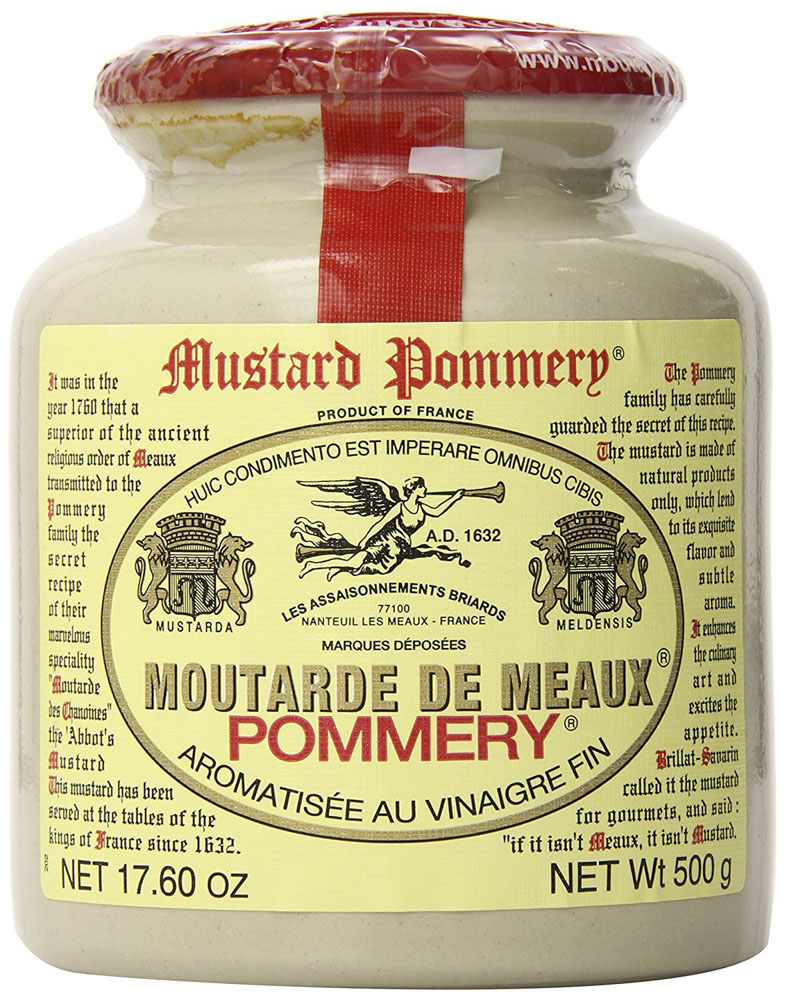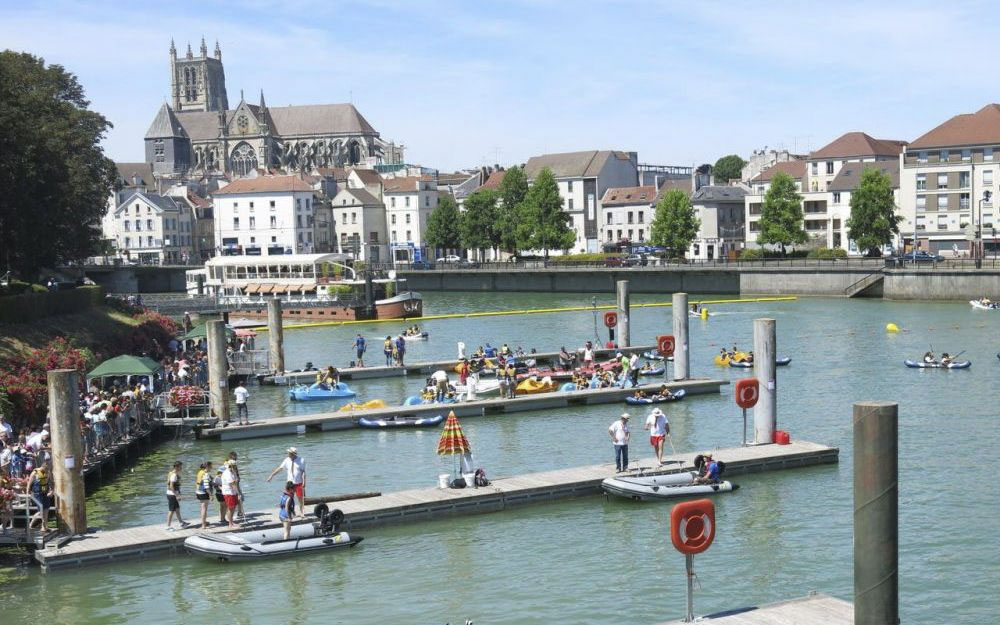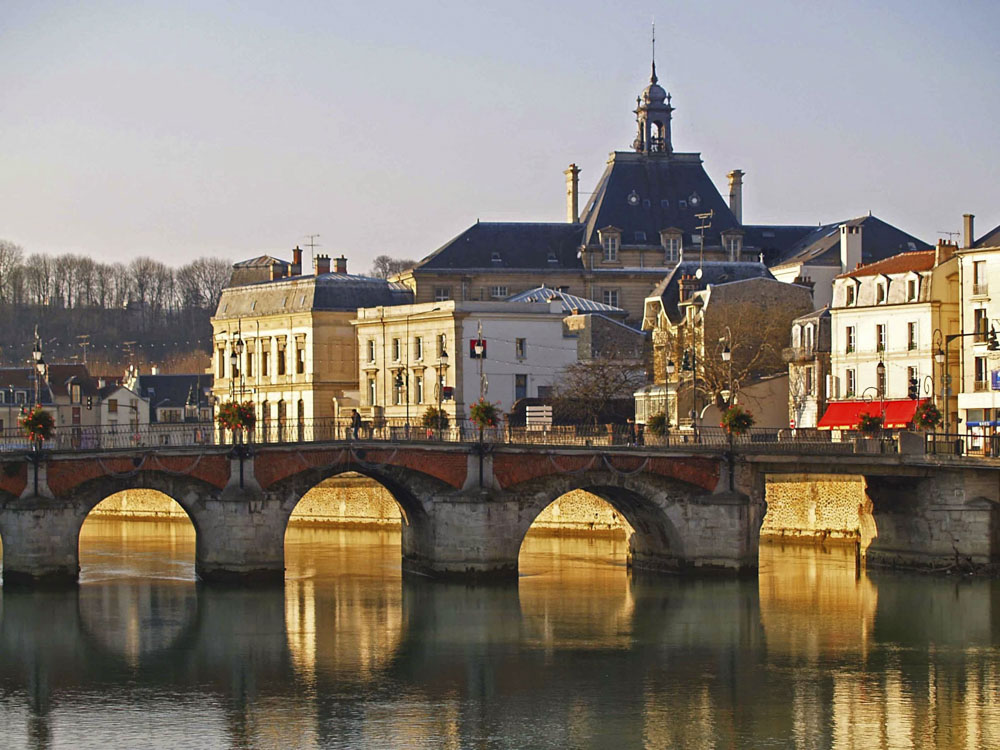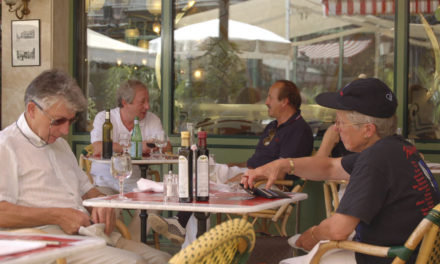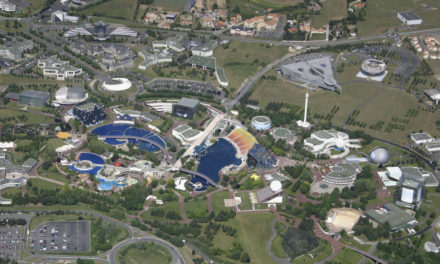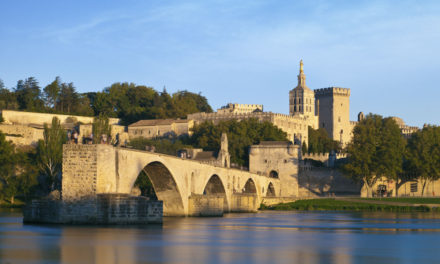From its birth in the Gallo-Roman period to the present, Meaux has survived over 2000 important historical years and retains the larger part of its Gallo-Roman ramparts to this day which enclose the historic heart of the City. Its main building is the Cathedral of St Stephen which is a mixture of gothic styles from the 12th –15th centuries with a high vaulted chancel and an overwhelming impression of ‘light’. Originally at the crossroads of two main routes, the ancient city of ‘Meldes’ had its own Roman baths, theatre and temples and became an important city on the banks of the River Marne as navigation was a prime method of transport in those days. The ‘Pont Roide’ linking the Market quarter with the main town was partially destroyed by the English in September 1914. Nowadays, the Marne is mainly enjoyed by pleasure boats and there is a pretty ‘bassin’ with moorings which benefits from a superb view of the cathedral.
Book a Hotel in Meaux
Bishop's Palace
A precinct with a Bishop’s Palace is rare to find nowadays. The Episcopal palace has lower vaulted rooms which date from the 12th century and a two floor palatine chapel in the Carolingian tradition. The masonry is primarily from the 17th century and although a ‘bishopric’ since the beginning of the arrival of Christianity in Gaul, it is the bishop, Jacques Benigne Bossuet, who is the most famous and after whom the museum and the square are named. With a permanent exhibition of paintings from the 16th – 19th centuries, there are also, on occasions, exhibitions of contemporary art in the vaulted rooms of the palace. The current exhibition features works from the 1914-18 war and opens every day from 10 –12am and from 2 – 5pm excepting Mondays, Tuesdays, and Sunday mornings, 25th December and 1st January. Beyond the Episcopal Palace is a pretty garden with a fountain and rose garden where you can sit and appreciate the surroundings.
Festivals
In the summer In the courtyard between the Episcopal palace and the Cathedral is held a flamboyant and colourful festival involving 500 actors and 3000 costumes from 888 to 1945. Fireworks and laser displays create special effects. Reservations: 01 64 33 02 26. To the East of the courtyard, the Chapter House or “Vieux Chapitre’, dates from the XIIIth Century and was apparently a ‘tithe barn’ in the XIXth Century. The Canons of the Cathedral had certain seigniorial rights over the surrounding parishes such as Brie and at one stage the place would have been used to store wood, wine and grain from the surrounding countryside.
Brie and Mustard
Meaux is especially famous for two of its products. The excellent creamy Brie which dates from the time of Charlemagne and which was sent by Blanche of Navarre, Countess of Champagne, to King Philippe Auguste. Brie has made its appearance on many occasions and at varied important banquets. The production is a very delicate affair requiring the daily attention of the ‘fromager’. Only cheese matured for at least four weeks can have the title ‘L’Appellation d’Origine Brie de Meaux’ and the maturing process is a very ‘hands on’ business in carefully controlled temperatures. In 1991 la ‘Confrérie des Compagnons du Brie de Meaux was born and this fine brotherhood are involved in various ceremonials at such times at the Fair of Meaux in October. Equally famed is the mustard,’ Moutarde de Meaux Pommery’, generally to be found in its earthenware pot with the red wax top over the cork. This coarse mustard retains the husk and grain of the mustard. The earliest manufacturers guarded their secret closesly and this continued for many years, although at one point there was a considerable variation from the original. The mustard which is sold today is 88% exported and the largest consumers are the Americans, British and the Scandinavians, Spanish, Germans and Italians. There are various shops in the town where you can acquire both excellent brie and the colourful mustard as well as three other distinct versions with different flavours – Green pepper, Cognac and Honey.
Copyright text : Sarah Francis

